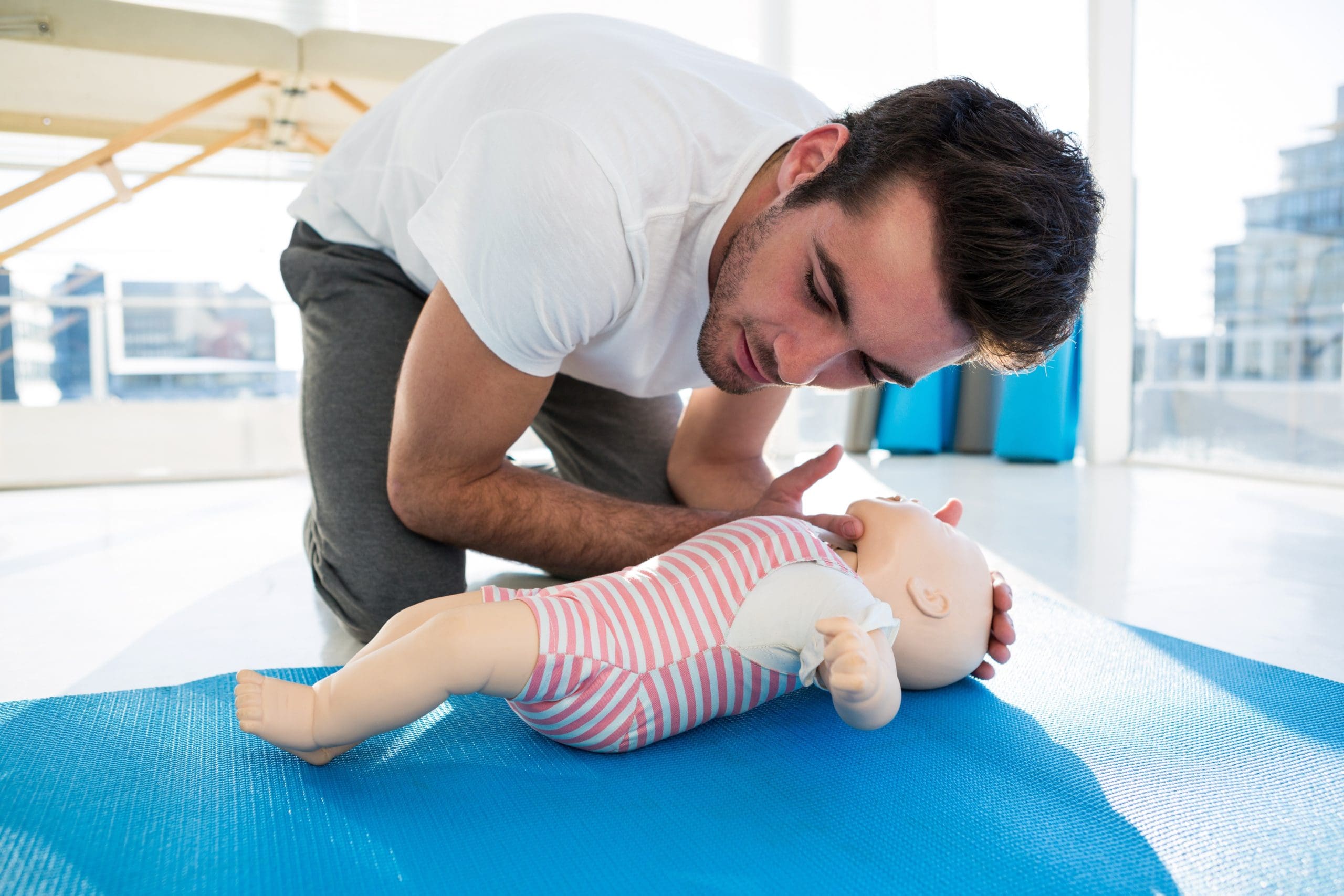Understanding Your Pregnancy Parts and How They Function
OCTOBER 6, 2021 BY JULIANA PARKER, RNC-OB, C-EFM, CLE
Do not consider the opinions expressed here as medical advice (click to read more)
All of the content provided on the website are for informational purposes only and DO NOT CONSTITUTE THE PROVIDING OF MEDICAL ADVICE and are not intended to be a substitute for independent professional medical judgment, advice, diagnosis, or treatment. IF YOU HAVE A MEDICAL EMERGENCY, CALL YOUR DOCTOR OR 911 IMMEDIATELY. To read the entire disclaimer, click here.
You are pregnant and your anatomy is changing! If you’re already wondering about your pregnancy anatomy and how those important parts operate, you’re not alone.
Without reading a complicated medical book that involve words like “myometrium” and “decidua”, most people do not understand your body’s main pregnancy parts and what their purposes are. Here is a simple, easy-to-understand breakdown to assist.

UTERUS AND CERVIX – PREGNANCY ANATOMY
Your uterus is a muscle, just like your bicep is a muscle. This muscle is intended to stay relaxed throughout most of your pregnancy. Similar to how your arm is when you are resting.
At the very bottom of the uterus, and the top of the inside of your vagina, you will find your cervix. Your cervix is like a doorway or a gateway. For you to have a vaginal birth, your cervix has to make changes. Cervical changes required effacement (thinning) and dilatation (opening) to ten centimeters. Contractions are what make the cervix efface and dilate. The true definition of labor is having regular uterine contractions along with cervical change.
During your pregnancy, typically towards the end, hormones such as oxytocin and prostaglandins begin to shift. Contractions are triggered by these hormones. These hormonal shifts begin to create uterine contractions. Once primed with oxytocin, your uterine contractions, will become more coordinated and begin to increase in intensity.
The uterine muscle, during a contraction, typically begins to tighten at the top of the uterus, right under your breasts and then gently pushes the baby downward. While the contraction hardness can felt physically by your hands on top of your uterus, the discomfort from these contractions is felt lower in the pelvic area since this is where your baby is exiting.
To help you understand what a uterine contraction will feel like, place your hand on your bicep muscle and relax your arm. You should be able to squeeze and mush your muscle around. Now, slowly flex your bicep and feel the difference. This is how your uterus will feel as it contracts. If you feel the top of your pregnant belly now, in a non-contracted state, it should feel like the mushy bicep. During a contraction, the top of your uterus, near your breasts, will feel like a flexed bicep muscle.
PLACENTA AND UMBILICAL CORD – PREGNANCY ANATOMY

Your placenta is attached to the inside of the uterus with blood vessels, similar to how Velcro pieces attach to each other. These blood vessels, provide oxygen and nutrients to your baby while filtering out waste.
Your placenta is part of your baby’s lifeline. It normally stays attached to the inside of the uterus until after your baby is born. If a placenta begins to detach too early, it is called “placenta abruption” and is a very serious pregnancy complication. Placenta abruption interrupts the oxygen flow to your baby and can be life threatening to you and your baby.
Although placenta abruption is rare, there are some factors that may increase the risk of abruption. They include trauma to your belly, cocaine use, smoking, high blood pressure, uterine abnormalities among a few other conditions.
If you have a car accident or experience any trauma to your belly, it is very important to always seek medical attention to ensure the placenta is attached as it should be. It is also important to go to all of your prenatal visits to ensure close blood pressure monitoring and treatment if indicated.
Speak to you OBGYN provider for help if you need help or information on how to quit smoking and/or how to stop drug use.
Signs of placenta abruption include vaginal bleeding, abdominal and/or back pain, uterine contractions and a firm, rigid and tender uterus.
Your baby’s umbilical cord contains two arteries and one vein and is surrounded by a jelly-like substance called “Wharton’s Jelly”. The thickness of the cord averages about ½ to 1½ inches thick and can vary in length from about 14-33 inches.
Your baby’s umbilical cord is what carries the oxygen and nutrients from the placenta to your baby and is what carries the waste away from your baby. It too, is part of your baby’s lifeline.
AMNIOTIC SAC/MEMBRANES – PREGNANCY ANATOMY
A thin layer of membranes known as your amniotic sac comes from your placenta and completely surrounds your baby in a balloon like fashion. Known as your amniotic sac, it is filled with about 1 liter of fluid by the end of your pregnancy.
I like to call this your baby’s all-inclusive resort. Your baby is receiving oxygen, nutrients and is sitting in a hot tub of fluid. Because your body’s temperature is typically 98.7 degrees, the fluid inside of your amniotic sac will also be 98.7 degrees. A nice warm and cozy environment for your baby!
The amniotic sac also offers protection for your baby. Because it cannot be penetrated, the bacteria that lives inside of our bodies cannot come near your baby while this sac is intact. But at some point, your water will break. Therefore, there will be a tear in the sac and bacteria can now reach your baby.
We don’t expect bacteria to reach your baby immediately, but with a prolonged tear in the sac, infections can occur. To know whether your baby is becoming infected, your providers will take your temperature about every two hours while you are at the hospital. Fevers can be indicative of infection.
Now the good news is only about 12% of people break water on their own (unlike what the movies portray). As a result, rupture of membranes typically occurs while you are at the hospital.
Some people have their water broken for 1-2 days before any signs of infection develop. If you do not have any signs of infection, your provider will allow you to continue labor as long as your baby is looking well and your labor is progressing, but if signs of infection develop, this may introduce the topic of a c-section. Especially if your baby is not close to arriving.
CONCLUSION
So there you have it! A quick nitty gritty of your pregnancy anatomy! These amazing parts work in perfect coordination to help your baby grow and eventually deliver. To learn more about your pregnancy, labor and delivery, in easy-to-understand, simple terms, sign up for one of our LIVE ONLINE PRENATAL CLASSES with a Registered Nurse today.
Featured Courses

The Childbirth Master Class
If you are pregnant and want a vaginal birth, with or without medication, then start here. Learn about the entire birthing process including all interventions and ways to increase your chance of success!

Elementary Newborn Care
If you have little or no experience with babies, then you won’t want to miss this program. We will cover everything you need to know about your newborn from simply holding to changing diapers!

Childproofing and CPR
Learn to set up a safe environment, avoid unintentional accidents and manage emergencies. You’ll learn how to save a life in less time than it takes to watch a great movie!




